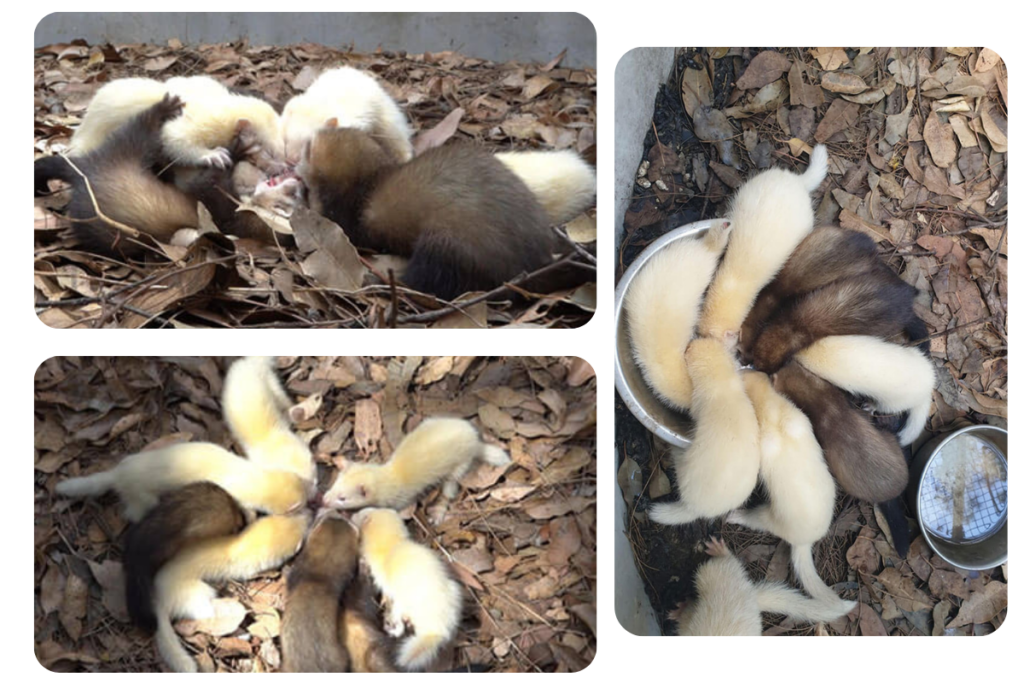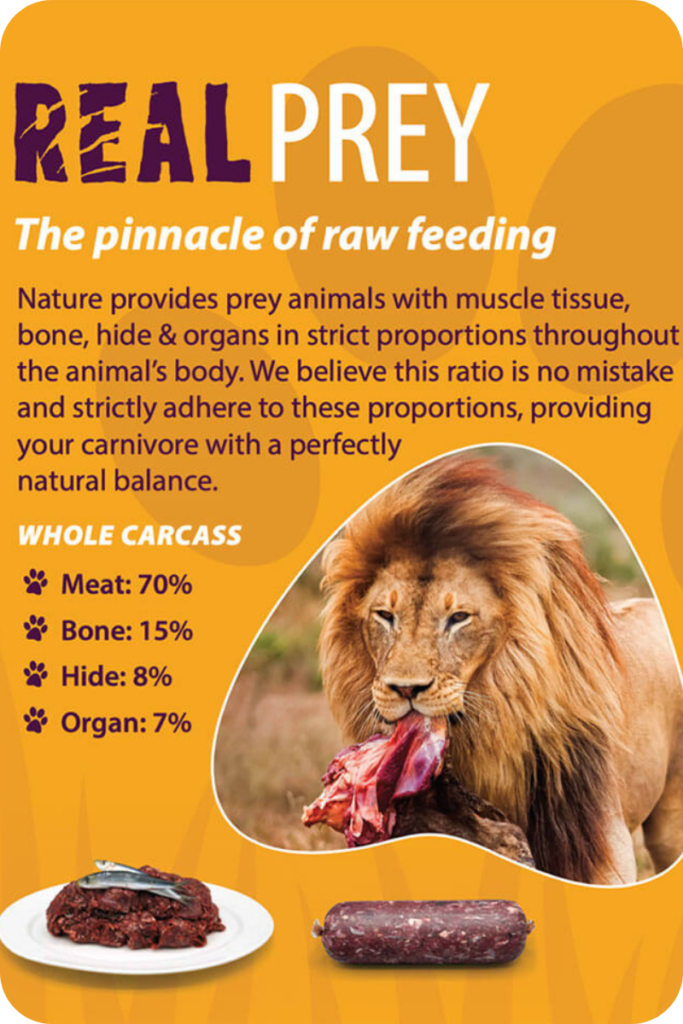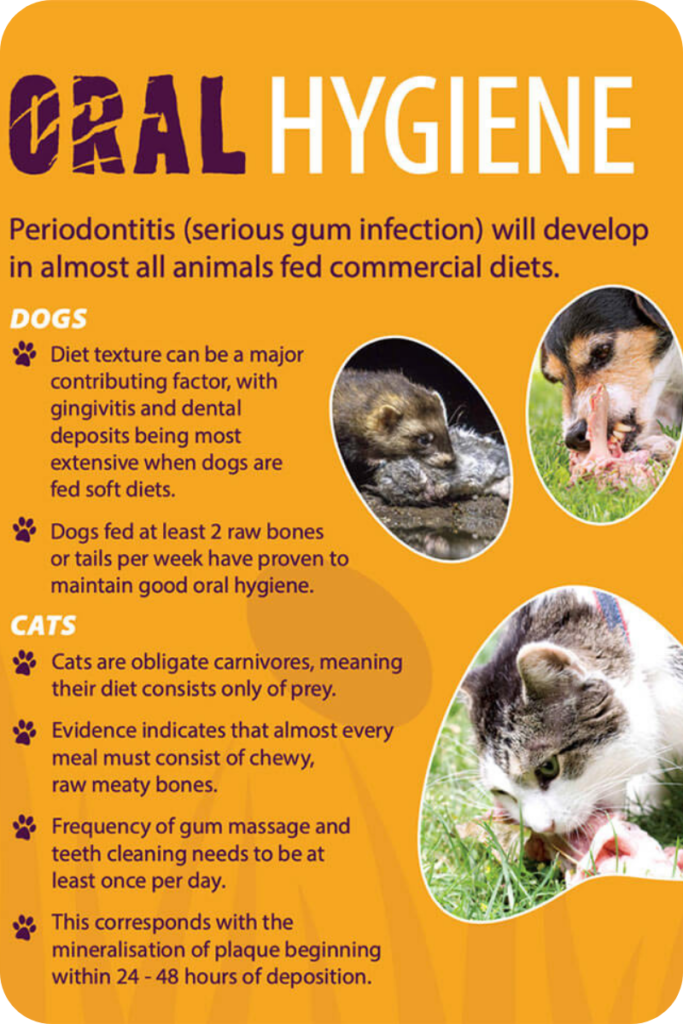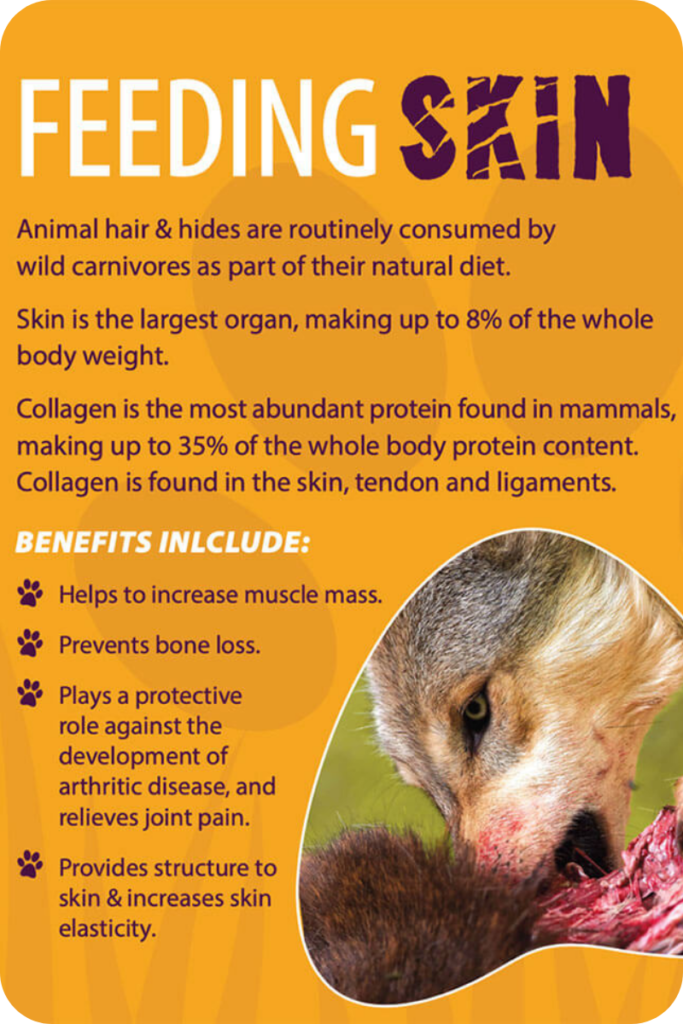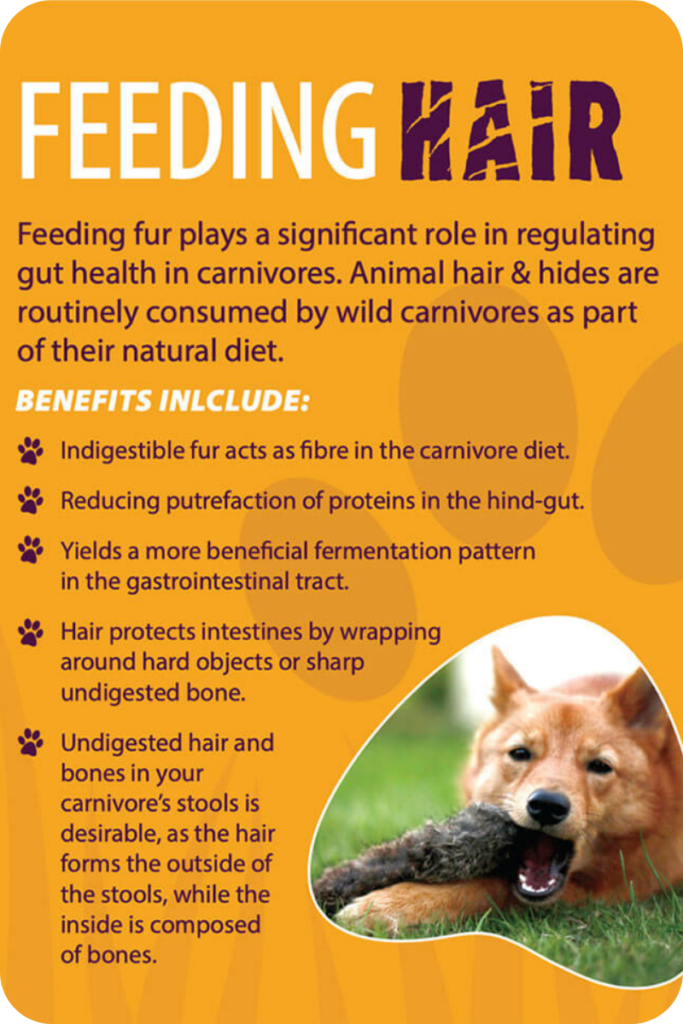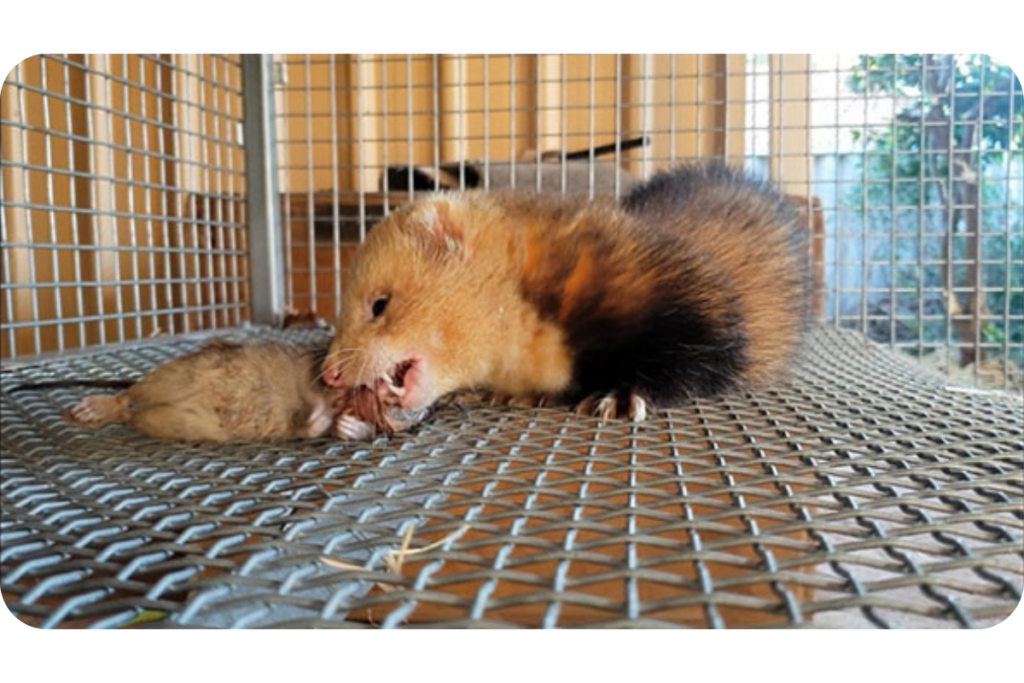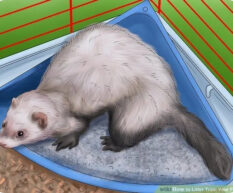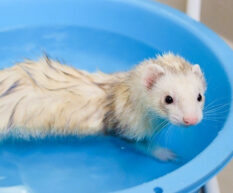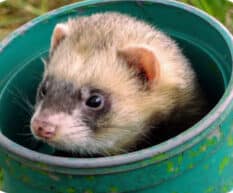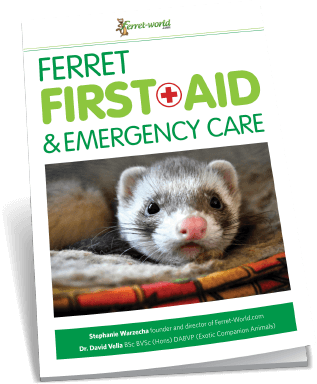Ferret News
Raw & Natural Pet foods are Booming: An Interview with Seth Pywell from Wild Pet
By Stephanie Warzecha
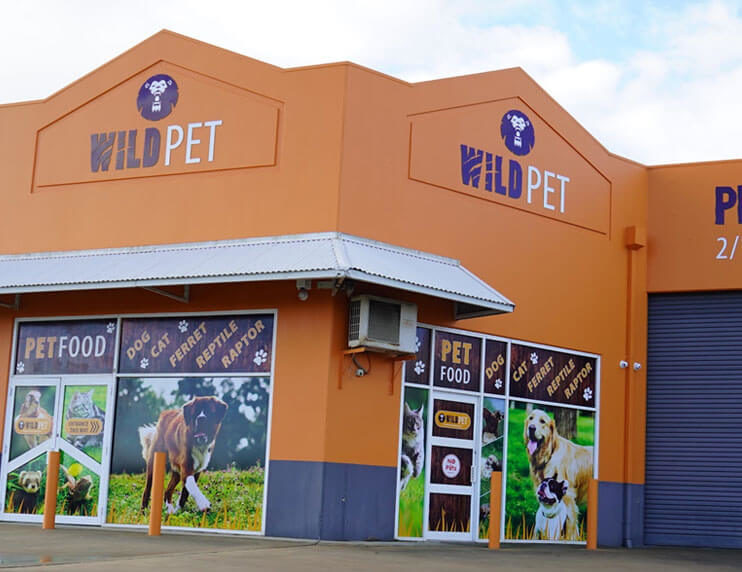
I’ve known Seth Pywell for a few years now and consider him a friend. We first got in touch when he started producing ferret training videos years ago which showed ferrets following him in the wild without a leash as he walked through the bush. I got in touch with him and discovered that he was one of the best animal trainers that I have ever come across.
Not only does Seth have an amazing amount of knowledge on training animals but he’s also extremely passionate about their wellbeing as a whole, which shows in his latest big venture ‘Wild Pet Foods’ company. It isn’t often that we get a glimpse behind the scenes of a pet food company, so I thought it would be interesting to interview him to find out what it takes to create such a business, what the ethics behind it are, and how he believes there needs to be an overhaul on the very questionable pet food industry.
Why are you so passionate about this?
Based on what experiences, information, opinion, etc. was your food company developed?
Do you believe that raw food is the best option for all animals including ferrets?
What do you sell in-store?
How do you source your products ethically and sustainably?
How are your practices different from those of big companies?
What results have your clients seen from switching their pets to raw foods?
Is a raw diet more expensive than a kibble diet?
What are your thoughts and feelings on the state of the pet food industry at the moment?
How are you leading this change?
Are you thinking of expanding the business internationally?
How can people learn more about your business?
Anything else you would like to add?
Q: What made you set up a raw food business?
A: When I decided to train my ferret, Stinky Boy, I realized that I needed small portions of food to treat-train him with. I began by feeding small frozen whole prey “velvet” mice available at reptile stores. While this whole prey feeding was biologically optimal, it quickly became very expensive. I had a whole prey rabbit carcass, so I decided to mince the whole rabbit and freeze it in small, single-serve portions. This worked brilliantly and reduced the overall cost of food dramatically.
I then realized, when training a dog for obedience & sporting competition, a prospective puppy must learn very precise positions that are part of the competition’s set criteria. To achieve such precision, the first year of a puppy’s life will typically be dedicated to learning these positions. All food will therefore come directly from the trainer’s hand, whilst luring the puppy into various positions. Using treats to train a pet may be one thing, however, when we consider that every morsel a competition dog eats comes from treat-training, the treats simply cannot be junk-food. Such treats must meet a dog’s nutritional needs to establish quality growth, health, and vigor. This is best achieved by feeding the carnivore’s ancestral diet, whole prey.
Q: Why are you so passionate about this?
A: Originally we approached commercial pet food manufacturers and pleaded with them to produce a whole-prey product, in an easy to portion, course ground mince. While some manufacturers got very excited about the idea, when told that no other company was producing such a unique product, these manufacturers quickly shied away from pioneering such a product. Frustrated with traditional pet food manufacturers, my business partner and I decided to sell our houses to fund the research and development of our Real PreyTM products. You could quite accurately say, we believe so strongly in feeding our domestic carnivores their ancestral diet, that we went all in.
Q: Based on what experiences, information, opinion, etc. was your food company developed?
A: With multinational corporations confusing the public with massive advertising campaigns and pseudo-science, it is a great relief that many millions of unbiased dollars have been spent by various zoos across the world, in a genuine search for carnivorous truth. Such studies have made amazing discoveries about how carnivores and their prey are so interdependent, that to have one without the other, actually causes a detriment to both predator and prey.
A couple of interesting points are illustrated in the infographics below.
Q: Do you believe that raw food is the best option for all animals including ferrets?
A: Absolutely. Feeding obligate carnivores like the ferret, their ancestral diet, is not only optimal for their physical health but helps enrich their lives, contributing to good mental health also.
The only exception to this rule is when poor health or genetic disease renders a sick animal incapable of digesting a natural diet. This occurs for example when chronic liver disease prevents a carnivore from consuming nutrient-rich organs, that would otherwise be an amazing nutrient-packed morsel.
Q: What do you sell in-store?
A: We sell:
- Whole Prey carcasses
- Kangaroo
- Rabbit
- Rats
- Mice
- Day-old chicks
- Sardines
- Real PreyTM (whole-prey mince)
- Real Prey kangaroo
- Real Prey rabbit
- Real Prey wild boar
- Real Prey horse
- Real Prey Sardines
- Meaty Bones
- Kangaroo bones & tails
- Salmon heads
- Brisket bones
- Chicken frames & necks
- Dehydrated chews
- Dehydrated Sardines
- Dehydrated Whitebait
- Roo Jerky
- Roo chews (dehydrated hides)
- Dehydrated organs
- Raw goats milk
Our range is ever-expanding…
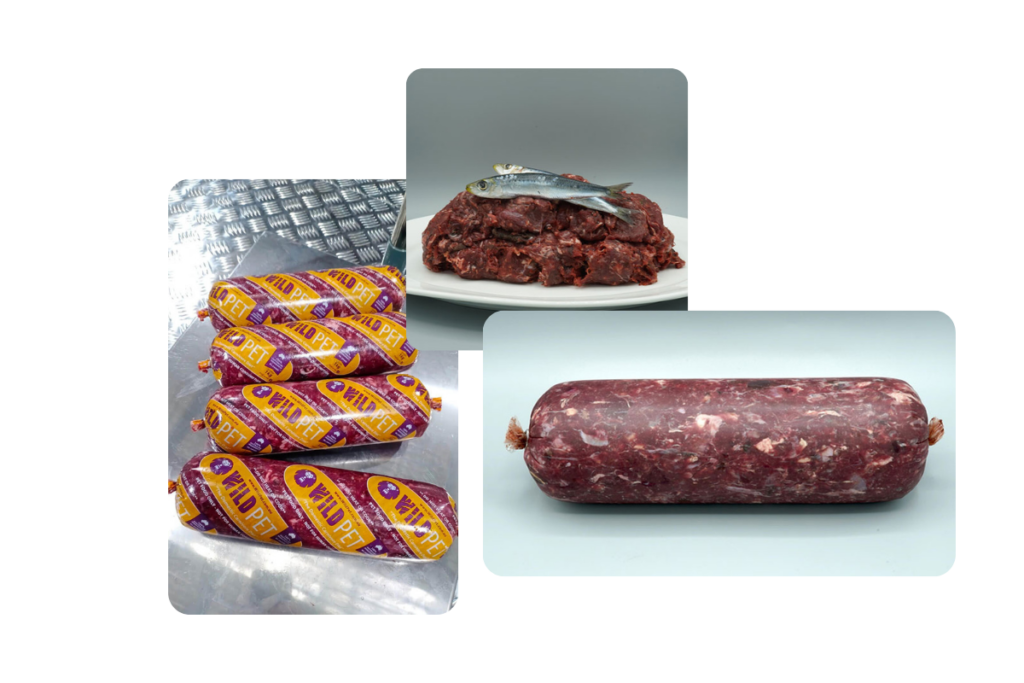
Q: How do you source your products ethically and sustainably? As an animal lover and animal trainer that has trained all sorts of species, how do you feel about hunting and killing animals for pet food in mass quantities?
A: With the practice of commercial agriculture reaching Australian shores, bores have been sunk, bringing previously inaccessible aquifer water to the surface and nourishing commercial harvests, of an endless variety of crops. These farming practices have created an unnatural environment of plenty, for both native and introduced animals to thrive. With numbers exploding, the Australian Government passed certain agriculture laws that compel farmers to control the number of wild animals on their farms, (Biosecurity and Agriculture Management Act 2007).
With this explosion of wild animals feeding on farmer’s crops, licensed shooters are employed to shoot these animals. Such animals are either left to rot, buried with earthmoving machinery, or immediately placed in mobile chillers and sold to pet food processors such as ourselves.
So in reality, we are not ordering shooters to kill animals for pet food, but rather, we are utilizing some of the animals that are routinely being shot on farms, as State Law requires them to be.
We source 100% of our products locally here in Western Australia, with the sole exception being Tasmanian Salmon.
Q: How are your practices different from those of big companies?
A: We implement extremely high harvester standards, to ensure hygienic and ethical harvesting of carcasses. We developed our patent-pending process, that rapidly and automatically grinds & blends a whole prey carcass, then portions & packages into convenient 1kg rolls.
The rapid speed of this process assures us that all processing occurs within a small window of time, preventing temperature fluctuations to the product and thus assuring superior product freshness. We are in the position of being large enough to give value while being small enough to listen directly to our customers.
Q: What results have your clients seen from switching their pets to raw foods?
A: The benefits of feeding our carnivores their ancestral diet become rapidly evident. Fat loss, along with increased musculature typically occurs, along with an increased shiny coat.
Many dog breeders have noticed their dogs recover from birthing much faster than previous litters, and attribute this to their dog’s new diet. I imagine the same would be true for ferrets.
Q: Is a raw diet more expensive than a kibble diet?
A: We try to keep our products as affordable as possible, with many people being surprised at the overall affordability of our pet food.
There are two factors to consider when looking at the cost of pet food:
- The cost to purchase, that is the dollar per kilo
- The cost of health, both physical and mental
Quality nutrition is very important. Likewise, is the avoidance of preservatives, flavor enhancers, binders & fillers typically associated with commercial diets is also important. Diet texture is often overlooked, we believe great consideration should be given to it, with regards to maintaining optimum oral hygiene and providing environmental enrichment that a biscuit simply can’t provide.
Q: What are your thoughts and feelings on the state of the pet food industry at the moment?
A: The pet food industry is a relatively new industry, with kibble being produced only in the last 100 years. Originally a biscuit was made with the noble goal of feeding starving and homeless dogs. The reason these biscuits were invented was simply a matter of finance, to feed stray dogs like carnivorous kings, was financially unviable. The fact that clever marketing has somehow managed to convince a generation of pet owners that biscuits are somehow appropriate to feed carnivores, absolutely boggles my mind. Particularly when we consider, the dramatic shift away from the carnivore’s ancestral diet has seen the rise of periodontal gum disease, kidney disease, intestinal disease, and obesity, just to name a few.
Equipment cleaning
Some carnivores suffer from allergies towards certain animal proteins.
To diagnose such allergies veterinarians ofter require an elimination diet to be followed, which consists of feeding strictly one single type of protein. Failure to clean processing machines and equipment, however, can quickly cause cross-contamination of proteins and result in false positives. Cleaning machinery and equipment should not simply be done at the end of each day but after every batch of protein that is processed. Sadly there are many in the pet food industry that refuses to follow this simple regime.
False claims
Many pet food manufacturers source items from a common supplier. This gives us some insight into the staggering level of false claims that are made within the pet food industry. Free-range, wild-caught, minced whole, are just a few common misrepresentations.
Minced whole
If we take a moment to look at the cost of pet food, we can quickly reverse engineer the production of a product. Take Atlantic Salmon mince for example. If salmon fillets cost approximately $28kg, then there is no way any pet food manufacturer can include such a cut in their $5kg salmon mince. Such salmon mince is typically produced by mincing what remains of the salmon once the expensive fillets are removed. There is absolutely no shame in this, however claiming the mince is derived from the whole fish is both dishonest and financially impossible.
Water-logging
Pet food is typically sold by weight, with a price per kilo established for various products. A common yet deceptive practice of water-logging meat to increase the weight currently exists in the industry. The meat is left to soak up to 22% of the overall weight in water, then sold as pure meat. Once customers discover our unadulterated, un-waterlogged product, they invariably realize just how deceived they have previously been.
Bread crumbs
Adding bread crumbs is yet another way that pet food manufacturers sneak a cheap filler into, what customers believe, is pure minced meat. The lack of honesty and transparency in the pet food industry is something that really should be addressed. Particularly when owners of obligate carnivores, such as ferrets & cats, may have been unwittingly feeding bread to their pets.
Q: What do you think needs to change within the pet food industry?
A: The pet food industry desperately needs a health standard set and held accountable for any deceptive or misleading statements made. The public should have assurances to the origin, handling, temperature, ingredients, process date, and hygiene standards of the contents that are used in the manufacturing of all products.
Q: How are you leading this change?
A: We have established harvester agreements that provide strict, time-sensitive guidelines for the harvesting, field dressing, handling, chilling, and transportation of all wild game. We pride ourselves on where our products are sourced, we provide the processing address and date stamps on every carton of pet food produced, and we have stringent cleaning processes that occur between each batch of pet food proteins. Evidence trails are meticulously kept, along with cleaning schedules and processing logs.
Q: Are you thinking of expanding the business internationally?
A: International expansion is a long term goal of ours, however, it will only be pursued if the quality of our products and commitment to our vision remains assured.
Q: How can people learn more about your business?
A: Our WildPet FB Page is currently the best way for people to view our business, as our website is currently under construction.
Q: Anything else you would like to add?
A: For all the answers, look to nature.
